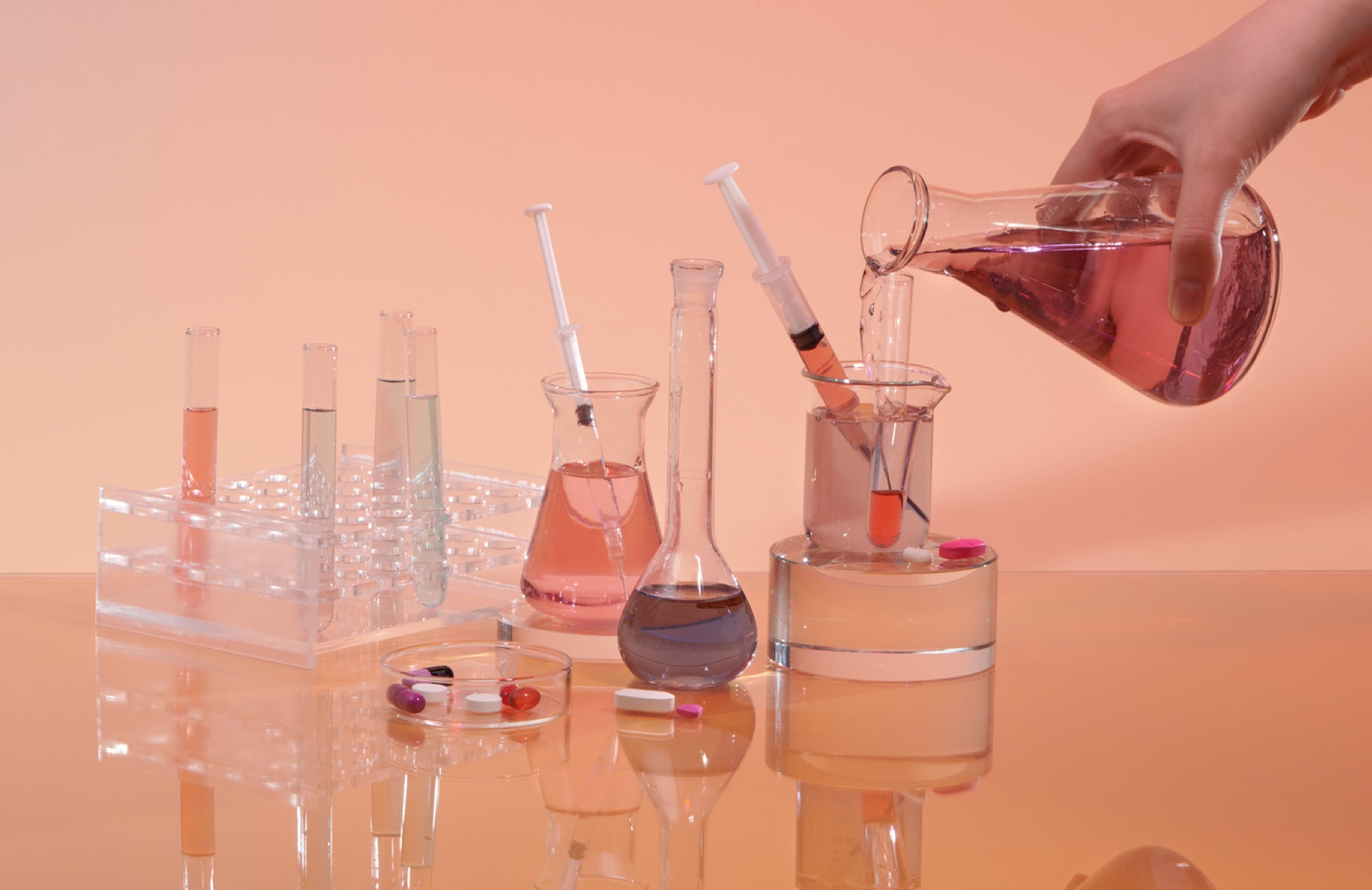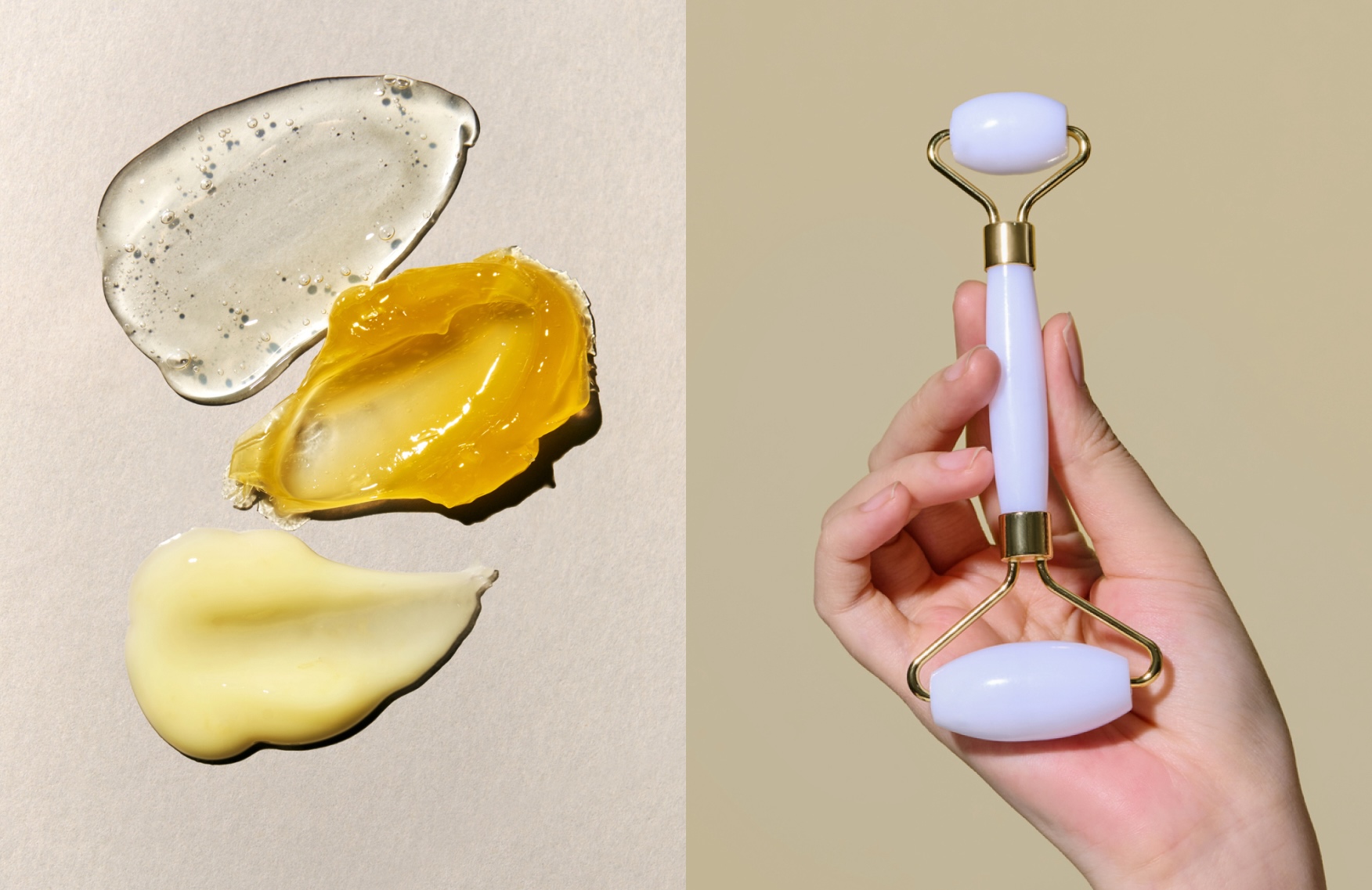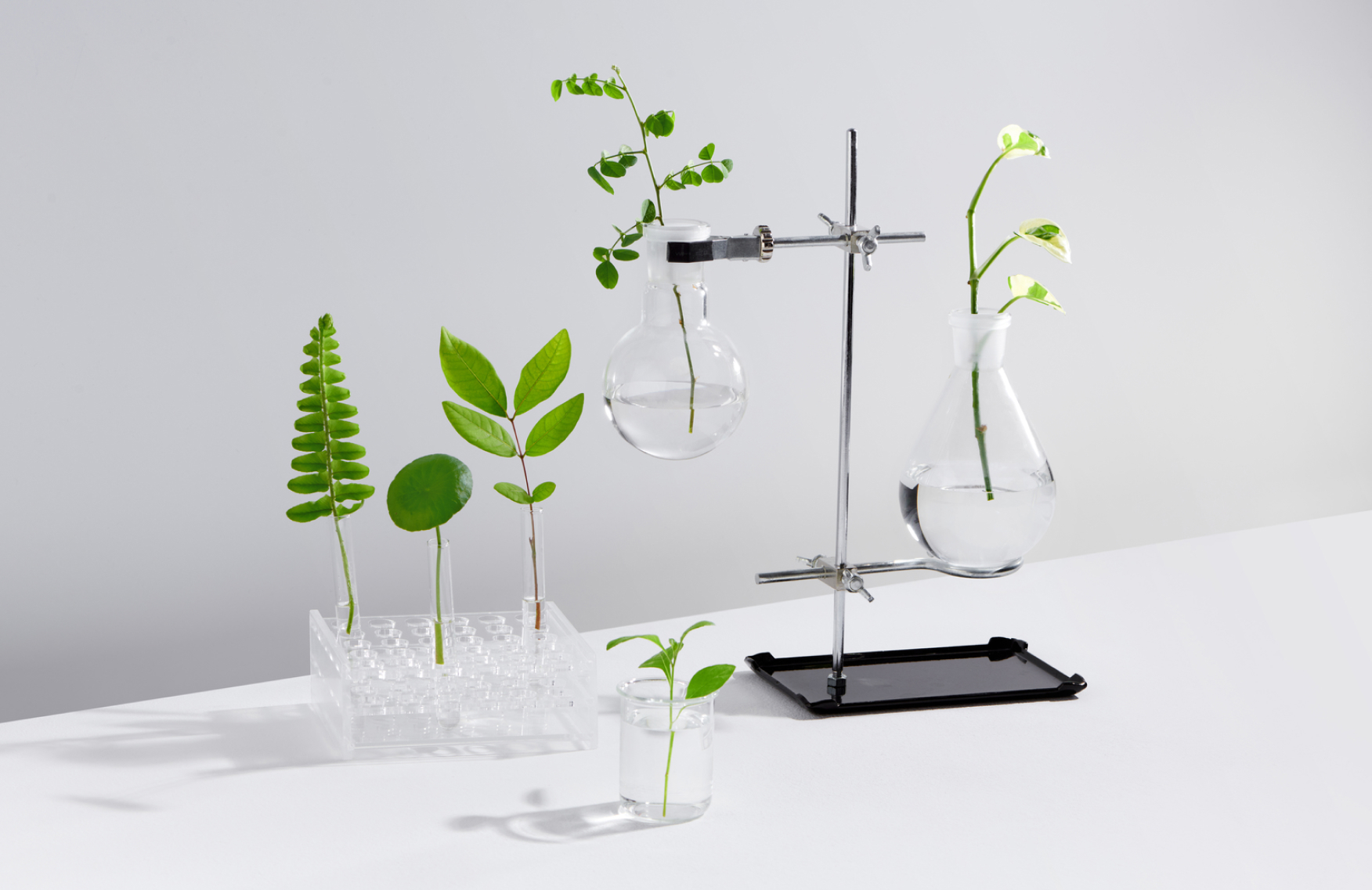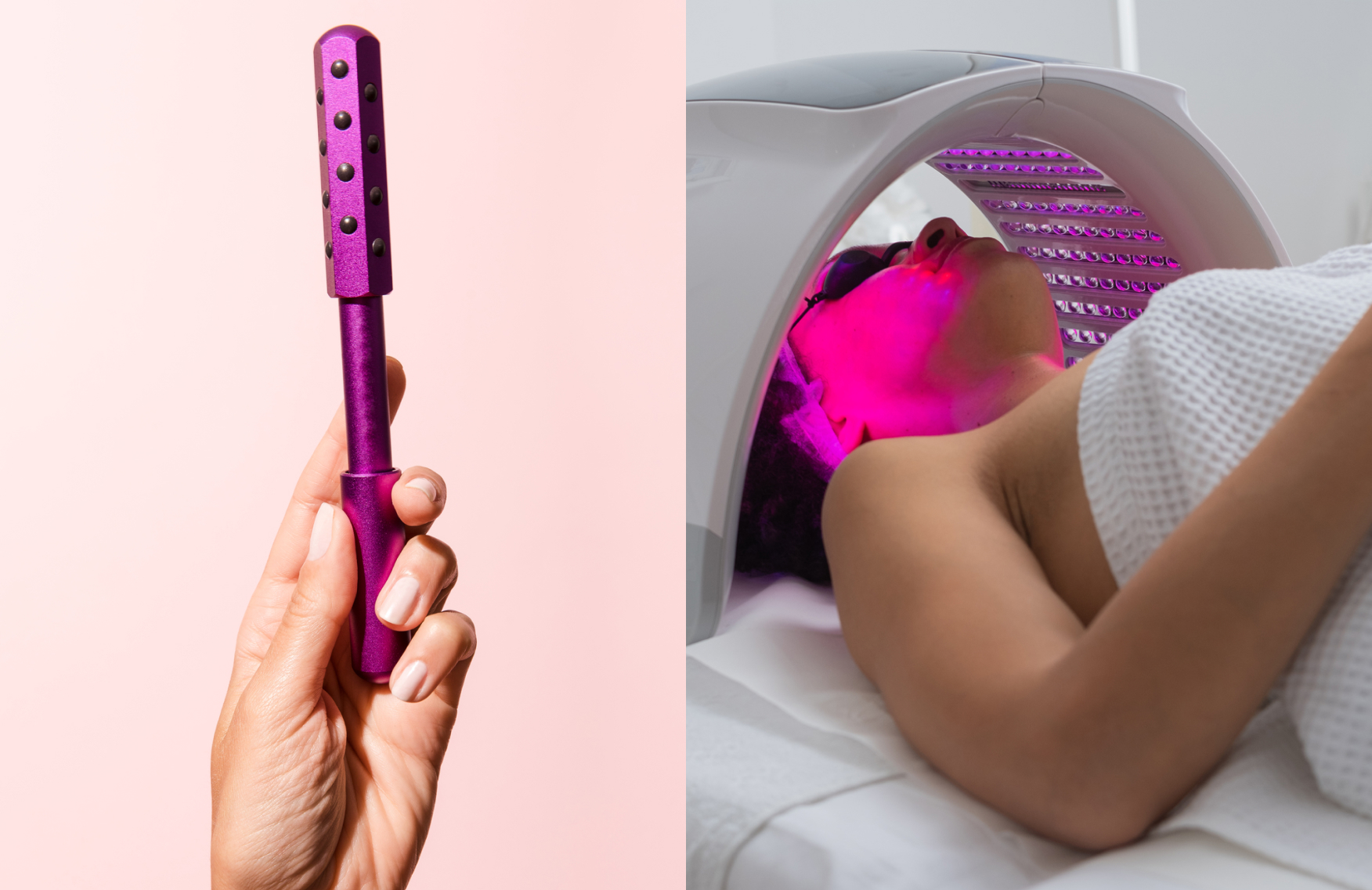Hype or holy grail, part 1: Why is tranexamic acid trending for brighter skin?

Excessive sun exposure, a high-stress profession, the smog in your city, the genes you were born with—there are a host of factors that can trigger the signs of skin aging. And while our faces are beautiful, living proof of our experiences, most of us want to soften the signs of aging, whether they appear right on time or years before we’ve even contemplated them.
When your skin needs an extra push, though, a combination of tranexamic acid for the skin and glycolic acid may give you that vitality you covet. And in fact, there is some evidence to support the idea that pairing these ingredients in your skincare routine may make them more effective.
Keep reading to learn all about how tranexemic acid (TXA) and glycolic acid pair up to make the ultimate skincare cocktail for healthy skin at any age.
What is tranexamic acid for the skin?
Let’s start with what tranexamic acid isn’t. Tranexamic acid is not an AHA or a BHA exfoliant, even though its name contains “acid”. It’s a derivative of lysine, an essential amino acid with several functions and benefits, from collagen synthesis to inhibiting melanin that triggers skin discoloration, hyperpigmentation in sun-damaged skin, and the appearance of dark spots while evening skin tone.
Because it’s not a traditional AHA or BHA acid, it mixes well with other heroic skincare ingredients like glycolic acid, vitamin C and niacinamide in multi-tasking serums and peels.
What is the best way to use tranexamic acid?
First, get the green light from your healthcare professional and/or dermatologist. Even though tranexamic acid can be purchased over the counter and it might be deemed safe for any skin type (dry skin, oily skin, combination skin and sensitive skin), studies on its use by people who are pregnant or breastfeeding are limited.
Perform a patch test on a small, discreet section of your skin to gauge your response. You might be tempted to pile tranexamic acid on, but all new skincare ingredients should be introduced slowly and cautiously to curb your chances of experiencing a reaction and/or irritation.
The most common side effects of tranexamic acid are dryness, scaling and flaking—issues you can help soothe with a rich, nourishing moisturizer.
Tranexamic acid has the potential to enhance your glow, but you can double down on its skin-beautifying possibilities by pairing aka layering or cocktailing) it with glycolic acid.
What is glycolic acid?
Glycolic acid is an alpha hydroxy acids that has a small molecular structure that may improve its chances of penetrating the epidermis and delivering real results. Glycolic acid benefits the skin by acting as a natural exfoliator by sloughing off the skin’s surface to reveal a more luminous layer of skin. This exfoliating process also encourages faster skin cell turnover and stimulates the synthesis of collagen and elastin, which may result in skin feeling more taught, soft and plump.
Glycolic acid is also a natural humectant that boosts the production of glycosaminoglycans (molecules that attract water to the skin) and supports the synthesis of hyaluronic acid to help skin lock in and hold moisture. (This can help offset potential dryness from tranexamic acid.)
What is the best way to use glycolic acid?
Start gently and slowly. Swelling, burning and redness are a few of glycolic acid’s exfoliating side effects and can be more prevalent if you’re overly aggressive. Glycolic acid may also make you prone to sunburn, so it’s best to apply it at night and always follow with a SPF during the day.
Tranexamic acid + glycolic acid: the ideal ingredients for a vibrant complexion
With tranexamic acid’s potential to brighten your complexion and glycolic acid’s ability to accelerate skin regeneration and promote collagen production, you might just find your skin suppler and more radiant.
Research suggests that glycolic acid and tranexamic acid are a skincare cocktailing match made in skincare heaven because glycolic exfoliates away dead and dulling skin cells that can be a barrier to efficient ingredient penetration. With these dead skin cells out of the way, tranexamic acid can efficiently target areas of damage for better results on conditions like dark spots caused by melasma.
Not quite ready to play skincare mixologist? You can find plenty of serums, moisturizers and peels that professionally combine tranexamic acid and glycolic acid into one formula that packs a regenerating punch.
The views expressed in this article do not necessarily represent the views of Murad, and are for informational purposes only, even if the advice of physicians and medical practitioners are included. This article is not a substitute for professional medical advice, diagnosis or treatment, and should not be considered specific medical advice.
References for this information:
Cleveland Clinic Website, Health Library
Healthline Website, Nutrition
Journal of Cosmetic Dermatology, 2021, volume 20, issue 2, pages 561-565
Dermato Endocrinology, 2012, volume 4, issue 3, pages 253-258
Dermatologic Therapy, 2021, volume 34, issue 6
More about skincare cocktailing and layering skincare ingredients here:
Hype or holy grail, part 2: Are hexylresorcinol and niacinamide the ultimate skin-brightening power pair?
Hype or holy grail, part 3: Six reminders why you need glycolic acid, plus the best ingredients to pair it with


